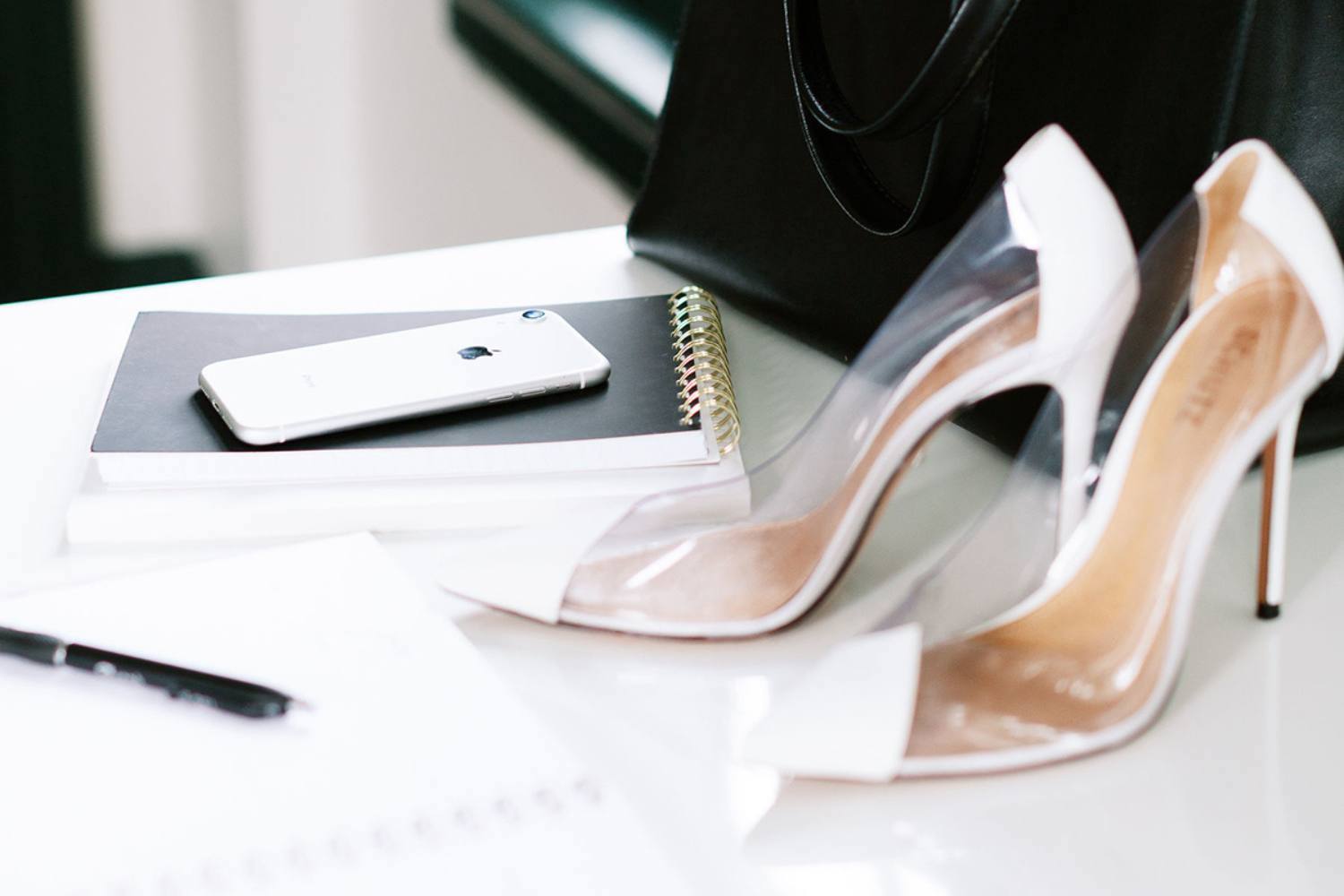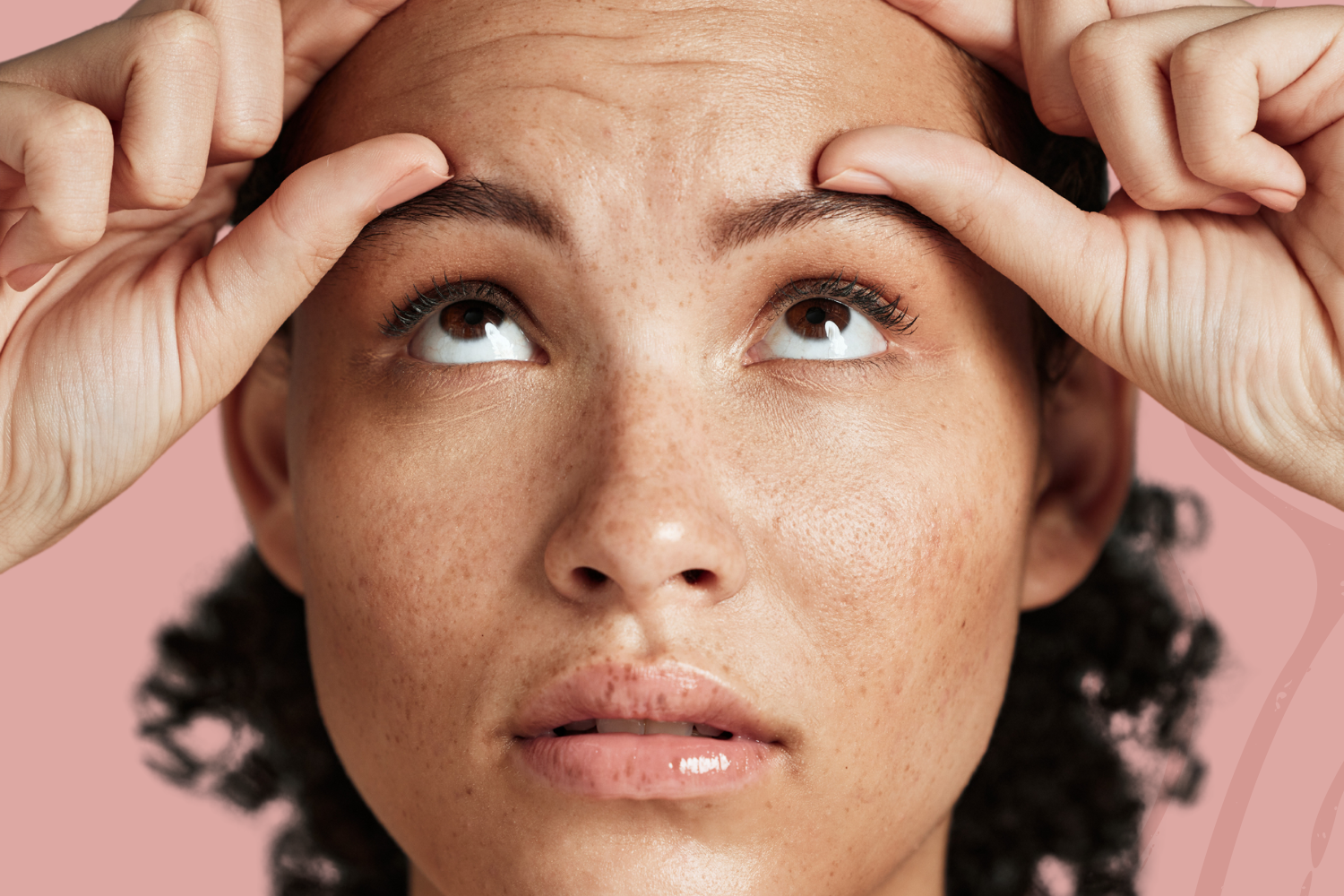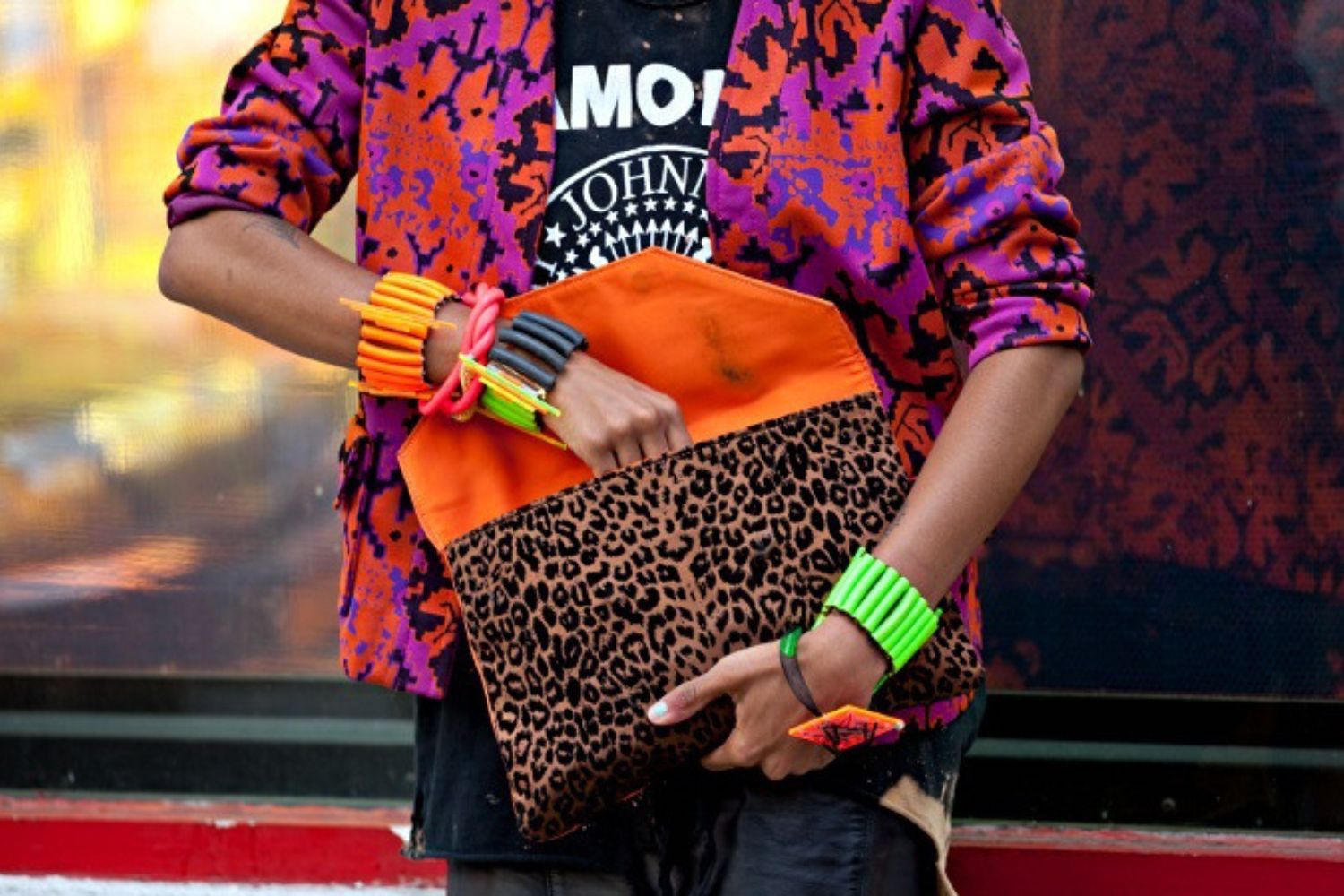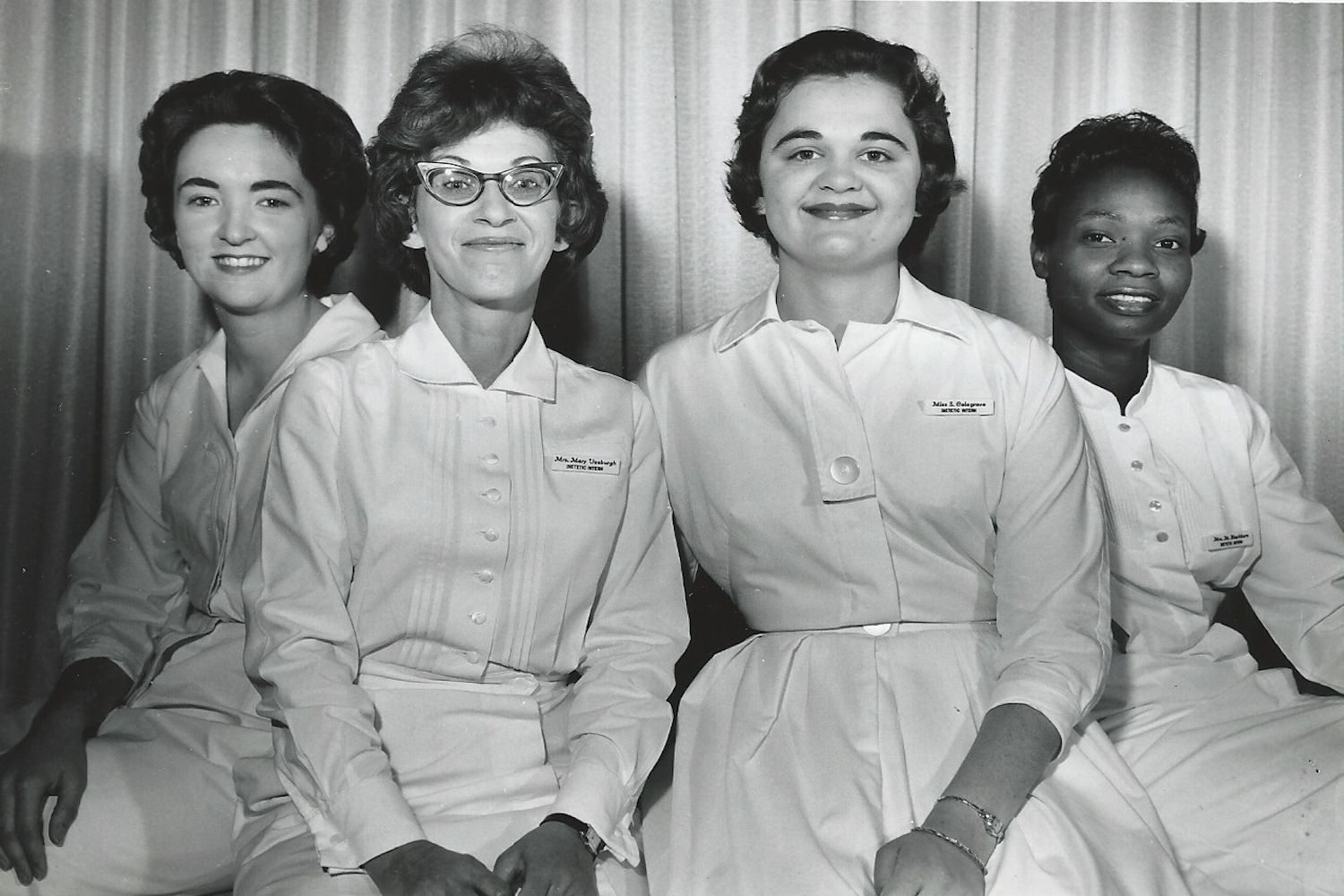
Are women’s uniforms the secret weapon to unlocking your personal style?
So much of fashion coverage focuses on the striking, the glamorous, the special occasion. But most of the time, we’re pulling on clothes for what we need to do, whether that’s working in the ER, spending the day in front of a laptop, or serving drinks at a bar.
That kind of everyday fashion is the focus of the show “Real Clothes, Real Lives: 200 Years of What Women Wore,” at the New York Historical in Manhattan (open now through June 22, 2025). The exhibit features a selection of items worn by women at work and at play, ranging from a 19th-century work apron to an example of Diane von Furstenburg’s iconic wrap dress.
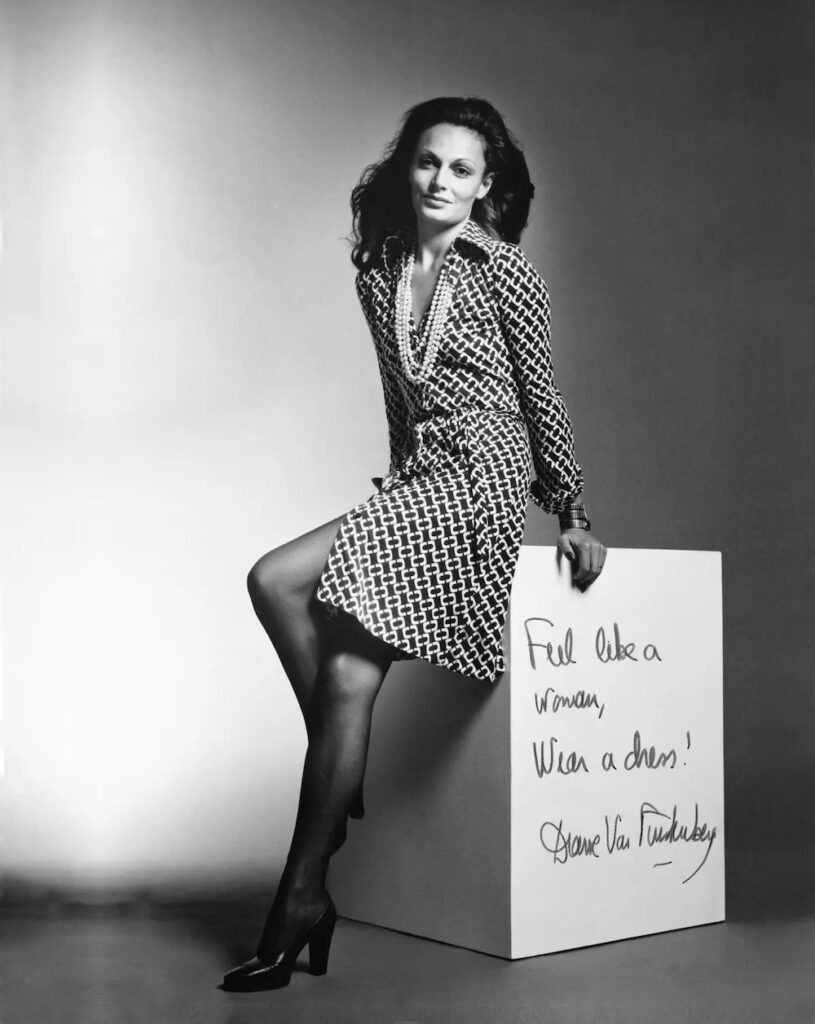
The tight bodices and calico prints are especially interesting to anyone drawn in by historical fashion of the kind seen on shows like Downton Abbey and The Gilded Age — but in this case, instead of just lusciously beaded frocks and lacy feathered concoctions, we are given a peek into the construction of the things that the servants and working-class women wore as they cleaned houses or worked in factories.
You can trace a timeline of changing attitudes toward women’s freedom in the evolution from narrow waists and corsets to miniskirts and pants. One particular moment in time that gave women more freedom to move about was the invention of the bicycle. Skirts split in the middle allowed women to ride, often paired with menswear-inspired shirts and ties.
Embracing uniformity
Some of the more intriguing pieces in the show were a series of uniforms, including a vintage McDonald’s maternity uniform, a ’50s pink waitress outfit, and clothing worn by domestic servants in the early 1900s. These items prompted me to consider the significance of uniforms as style statements, whether intentional or not.
Uniforms are associated with work and serve several purposes: they promote a brand, communicate trust, special expertise, or status, and prevent people from dirtying and wearing out their own clothes as they carry out their labor. Some uniforms are associated with the professional sphere, like doctors’ white coats and judges’ robes, while others are associated with the service sector, like fast food or deliveries.
In our class-conscious society, blue-collar and working-class uniforms are often sneered at. But some of these are iconic, and people wear them with pride. The brown UPS uniform is so well-recognized that it was national news when it was updated. And a postal worker in Chicago gained attention and admirers a couple of years ago for his old-school take on the classic USPS uniform.
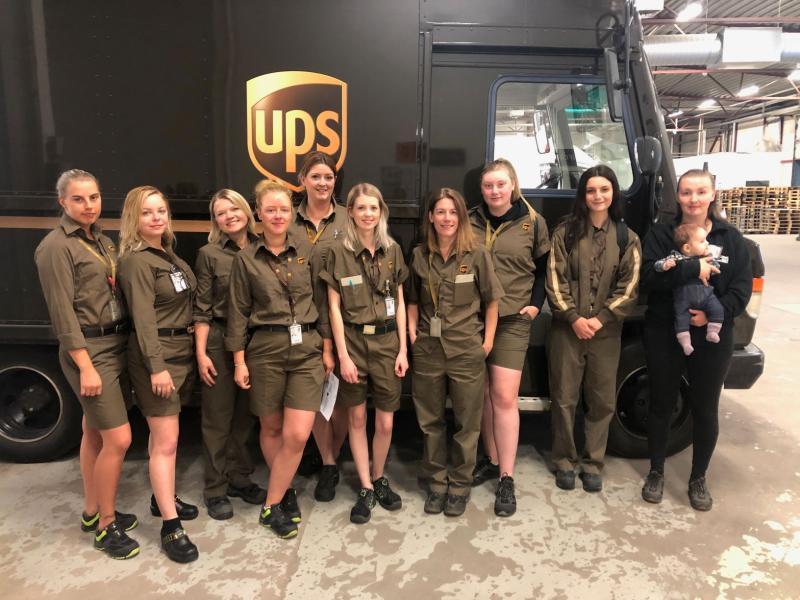
Women in uniform at UPS | Photo: Jenny Kneale
Adapting uniforms as a framework for personal style
Beyond whatever cultural significance they have, uniforms are popular because they do away with the “what to wear” questions, which can cause a surprising amount of anxiety. That’s why many women have an unofficial “uniform” of what they like to wear.
Queen Elizabeth was known for an unvarying wardrobe of brightly colored knee-length dresses worn with a small handbag–mumsy, but comfortingly consistent, especially during a turbulent couple of decades for the royal family. An NYC advertising art director — someone you would think would be comfortable with creative dressing — chose to wear a white shirt and black pants every day. Even style legend Sarah Jessica Parker has one: jeans and a T-shirt that she personalizes by ruching the neckline with safety pins and twisting a long charm necklace through a bra strap.
Ironically, these kinds of uniforms, rather than indicating a form of labor, actually save us labor by simplifying and streaming the process of getting dressed. What better way to get the task of choosing your outfit done quickly and well than by following a proven formula?
I suspect many of us have our own uniforms without being aware of it. Maybe you like the look of form-fitting sweaters and baggy pants, or you always wear a scarf to top off a look, or you like big puffy jackets. As SJP shows, there are ways to elevate a uniform with one’s own distinctive touches — a ribbon in the hair, a brooch on a hat, silly socks.
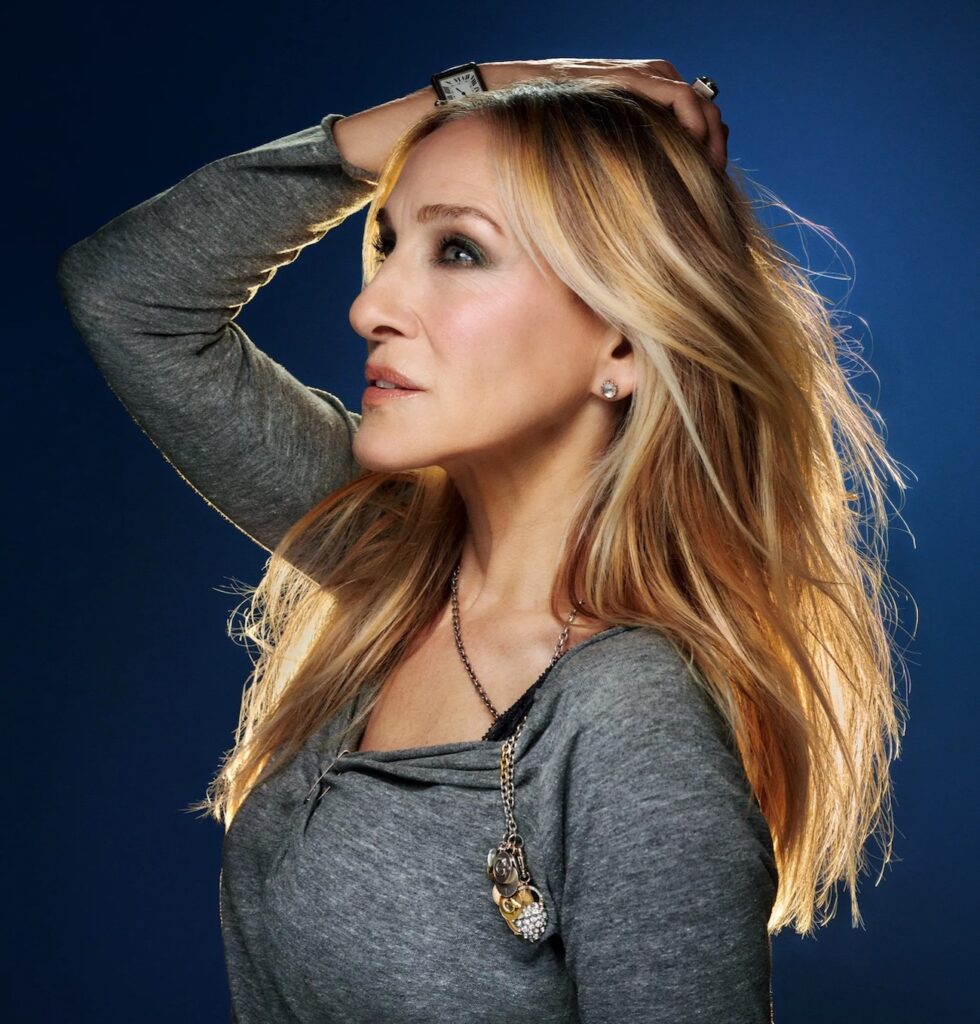
The paradox of too many choices is a well-established phenomenon, causing stress everywhere from the grocery aisle to Amazon search results. Uniform dressing can provide some much-needed structure to our wardrobes by eliminating excessive options. It makes it easier to identify and buy clothes that work for us, while also providing some flexibility to incorporate our personal creativity.
That’s not to say that wearing the same look most of the time appeals to everyone. But the uniform concept can be a useful framework for anyone who’s ever been overwhelmed in a store or by the contents of their closet. Uniforms can help eliminate distractions and serve as a blank canvas, emphasizing and heightening our personal flourishes.
(Top photo credit: ucanr.edu)

